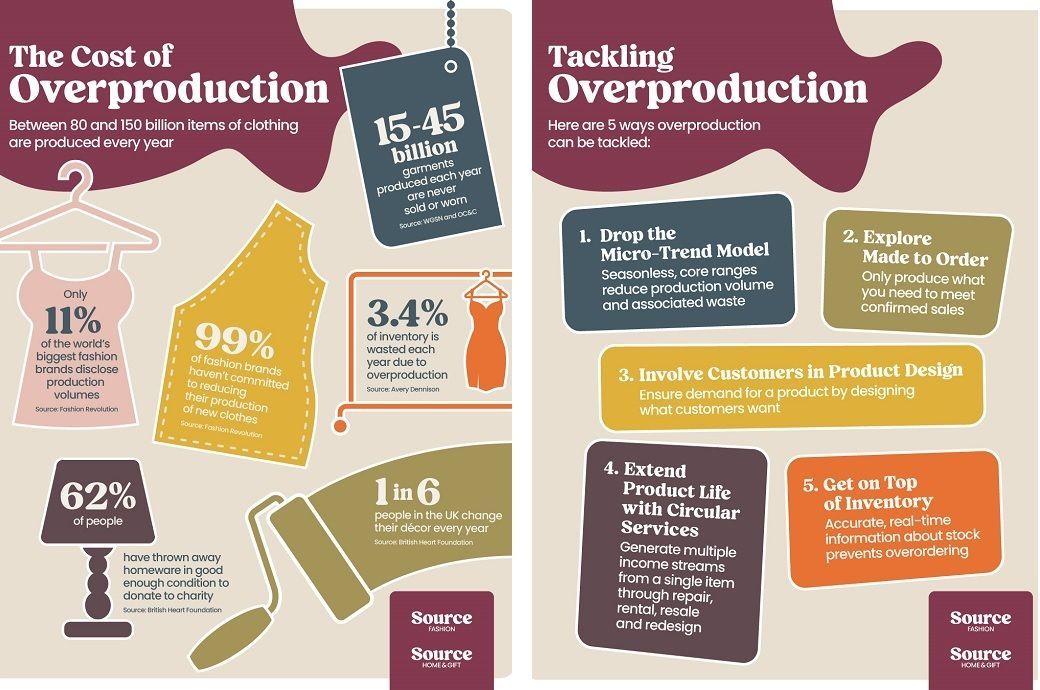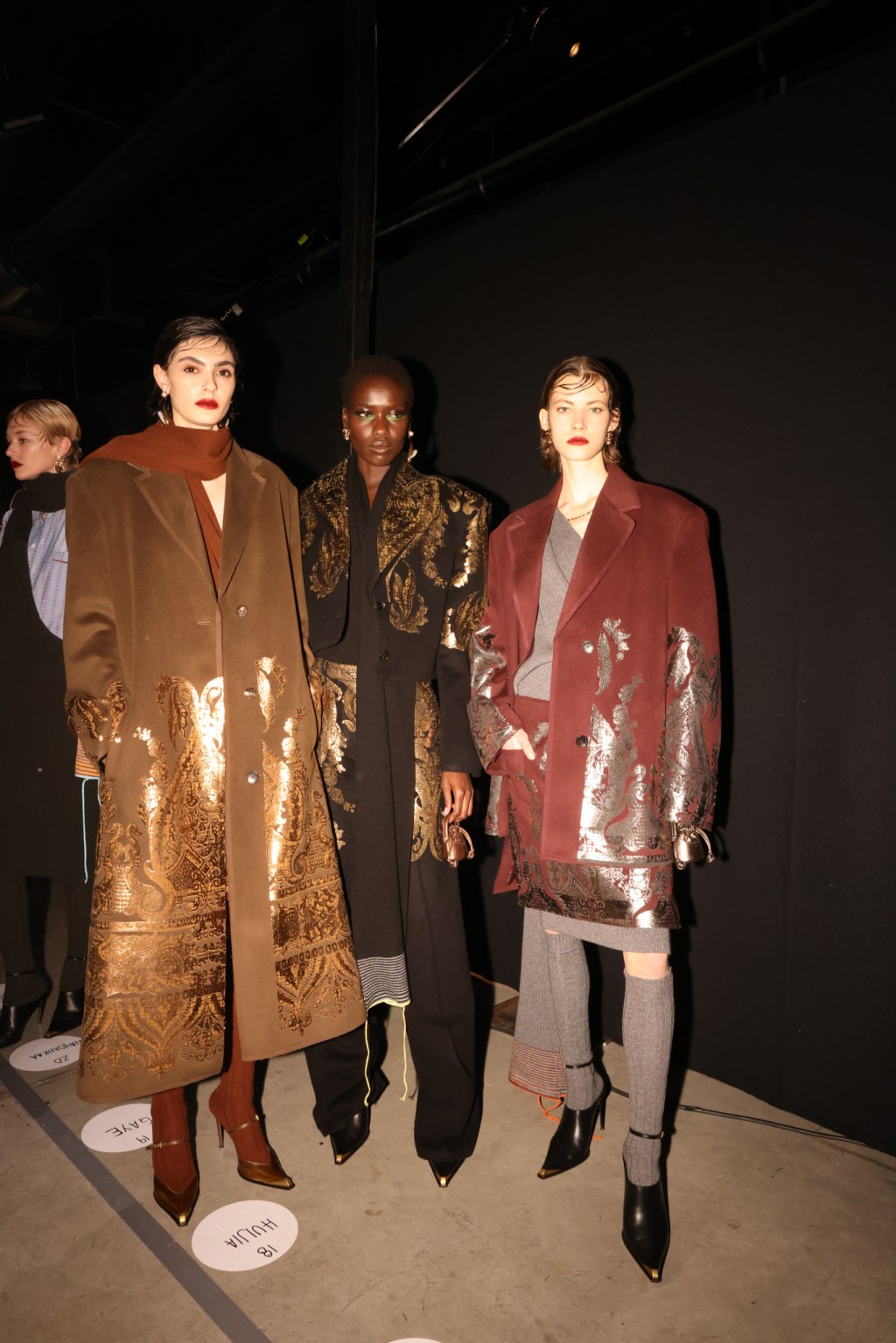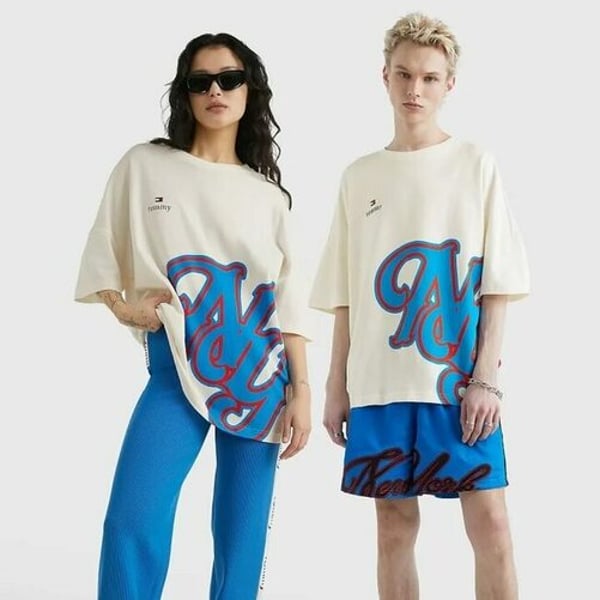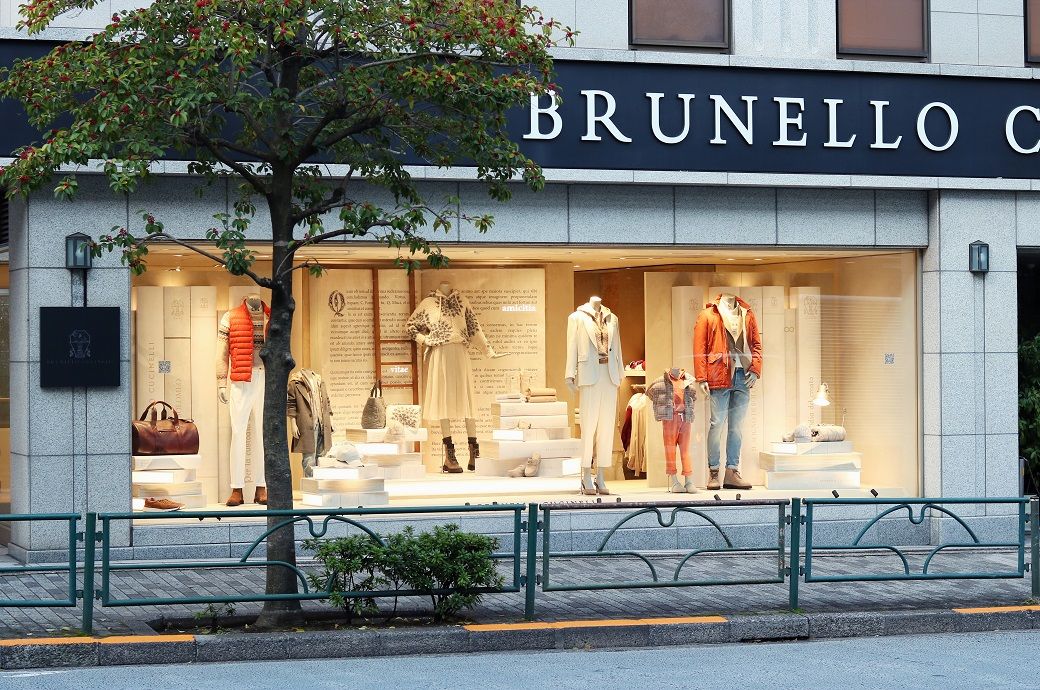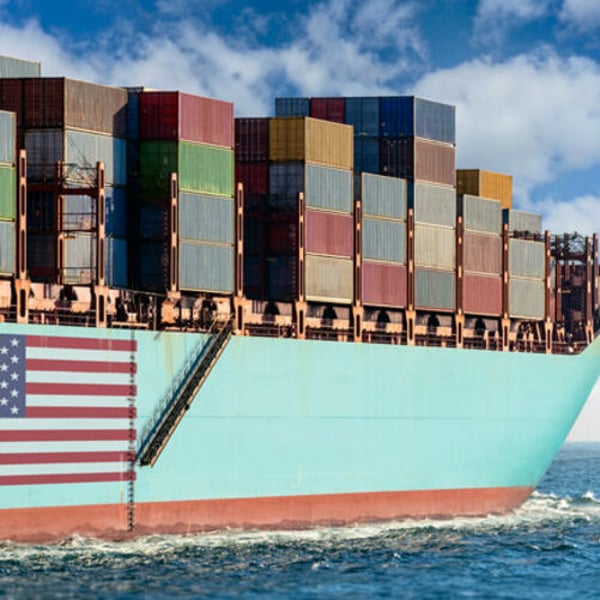Fuente fashion, the leading destination for responsible supply and fashion innovation, has launched a historical report that addresses one of the most urged but less approached problems in the fashion industry: overproduction.
The new source fashion report, do we really need to produce so much? Reveals the fashion overproduction crisis: 80-150 billion garments made annually, with up to 40 percent without selling. It urges brands to adopt production on demand, circular design, resale and co-creation to reduce waste and increase margins. The report requires a change to smarter, thinner and more sustainable models.
Titled “Do we really need to produce so much?” The report, developed in collaboration with the consulting trends of future retailers, the trends of the consulting consultant, offers a rich exploration in data on the scale, the causes and consequences of overproduction. It presents future solutions for brands that seek to remain competitive while reducing waste and environmental impact. The full report is now available to download in Source Fashion – Overproduction report 2025.
Overproduction: An expensive and generalized theme
The report reveals that the global fashion industry produces between 80 and 150 billion garments annually, but up to 40% remain without selling, it often ends in containers, incineration or brand containers. Despite the environmental and financial cost, only 1% of fashion brands are actively working to reduce production volumes.
A new Fashion Plan
Instead of simply highlighting the problem, the report presents processable models that are already tested by leading brands and retailers:
- Production at request – Produce only what is needed, when necessary, to eliminate excess stocks.
- Circular design – Creation of garments designed to be reused, repaired or recycled, thus extending their life cycle.
- Retail as a service – Change of property to access models such as rent, resale and subscription.
- Collaborative creation -Sherying with consumers to guarantee relevance and reduce waste.
As the report says, “brands can reduce production without reducing profits. In fact, in many cases, it increases margins and strengthens consumer confidence.” The publication includes case studies of brands that already implement these approaches, demonstrating commercial viability along with sustainability gains.
A turning point for retail trade
The report comes at a crucial moment for fashion, since the industry faces changing consumer expectations, economic uncertainty and growing pressure from both regulators and investors.
Suzanne Ellingham, director of supply of Source said: “This report highlights the awkward truth behind the success of retail advantages: that excess production is integrated into the model with volume is the only way to increase profits. As we approach 2025, companies must question not only how they produce, but how much and how they take care of. There are real about production and excess. Opportunities for those willing to adopt a thinner future, more intelligent and more circular.”
Note: The holder, the ideas and the image of this press release may have been refined by Fiber2Fashion staff; The rest of the content remains unchanged.
Fiber2Fashion News Desk (HU)

